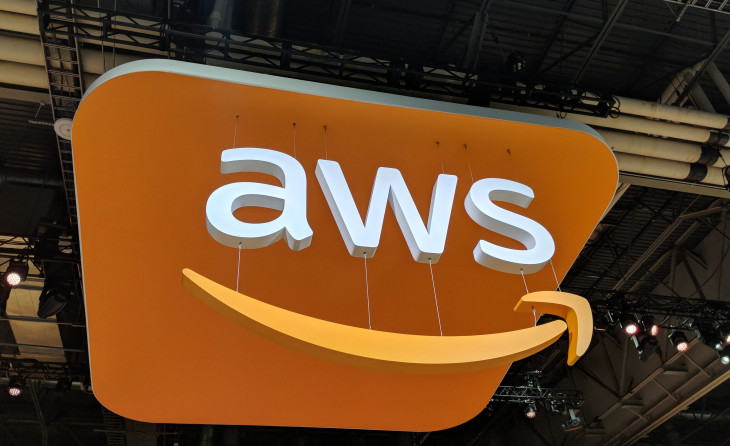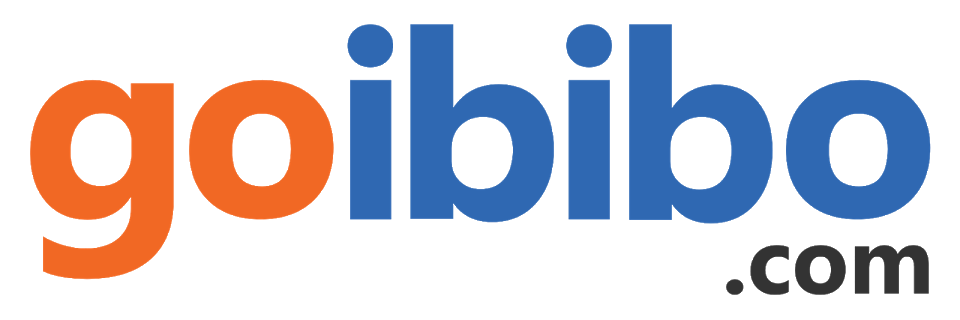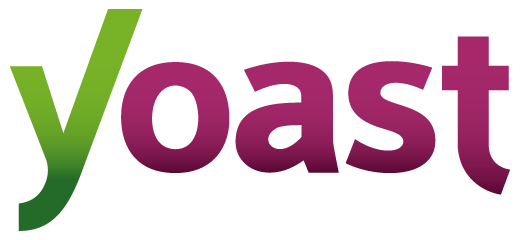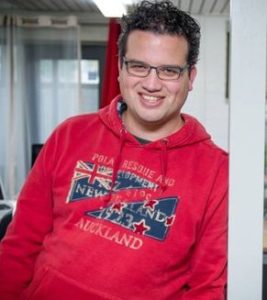Yell : The Success Story of an Online Marketing Company
Initially, when the internet had just started gaining popularity in our world, very fewer people possessed the idea of its true potential. And, the one who channelled its power in the right direction, emerged out as very successful entrepreneurs in today’s world. Yell is one such company that has acquired firm ground on the sphere of online marketing. The company was founded in 1966, long before the internet had a massive impact on us. Today, Yell helps small companies drive traffic to their websites and do marketing for them.
History
How many of you have heard about Yellow Pages? If I am not wrong, almost the majority of the world knows about yellow pages being a telephone directory of businesses where contacts are arranged category wise and not alphabetically. Yell was founded as a company to publish these yellow pages as a part of the General Post Office in the United Kingdom. Even today, the company is exclusively for the people of the UK selling a digital version of yellow pages.
The company was founded in 1966, but the website yell.com launched in January 1996. The first step of Yell in the business was when General Post Office included yellow pages for its Brighton telephone directory. After getting added in 1966, it eventually started expanding to other parts of the UK.

After the website was launched in 1996, Yell started helping out small businesses by advertising on behalf of them. One of the most important parts of a newborn business is to drive the traffic towards their website. When Yell.com was launched the company noticed that most of the companies absolutely had no idea about how to create a website at all and driving traffic seemed far-fetched. So, yell just provided the service of advertising and marketing.
Growth
In January 2001, the company announced that it will be spinning out from its parent company BT Group which followed Yell’s acquisition by Apax Partners and Hicks, Muse, Tate & Furst in May 2001 for £2.1 billion. The company started a joint venture with Google from 2005 to make local classified content available in Google’s search engine. In January 2008, the company incorporated Apptus technology in its software to enhance the capability of its search engine.
Yell.com released its iPhone app in October 2009. Since the company’s primary product was publishing yellow pages, and with time, The company started using recycled products. From February 2010, the company started using smaller papers, unlike the conventional yellow pages to conserve resources. The very next year, Richard Hanscott was appointed as the CEO of Yell, and since then, the business is escalating even faster. In the financial year 2018, a year before Hanscott stepped down, the company announced £200 million digital revenue and £60 million EBITDA.
In 2012, Yell’s parent company, Yell Group decided to change its name to Hibu which was again back to Yell by August 2014. The company re-launched its website after incorporating many updates, including pay per click (PPC) advertising. Today, the company handles the PPC operation of more than 14,000 UK businesses. They have also launched a lot of promotion packages for their clients.
In 2016, Hanscott was rated as one of the top CEOs in the entire UK by Glassdoor who was eventually replaced by Claire Miles, current CEO of Yell.com. In 2017, the company announced that they won’t be publishing a hard copy of yellow pages anymore and hence digitalized the directory from 2019.
Yell, Today
Yell has been ruling the territory for quite a long time now, and like every other business, Yell also faces criticism. Though Yell.com has become UK’s number one company for providing digital marketing services, over 100 small businesses share their horrifying experiences with Yell.com in social media. The company is growing every second, and with more than 1500 employees, it will surely look into the crisis of its customers and serve well.

Annasha Dey is an NIT student, who apart from studying engineering is also a content writer. She has a great interest in photography, writing, reading novels, and travelling as well. She is a foodie who loves socializing and hanging out with her friends. She is also a trained Kathak dancer and a big fashion enthusiast. Dey also loves watching TV series, which includes F.R.I.E.N.D.S. and Big Bang Theory. To be a better writer she prefers to read more










